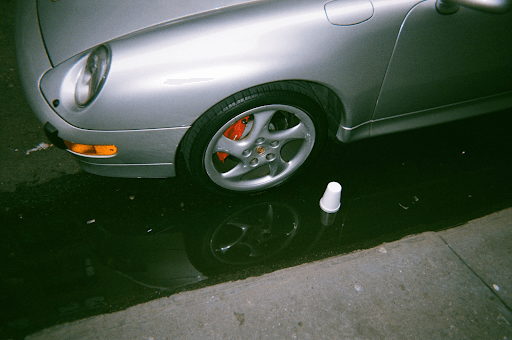Nursing homes address many patient needs, including short-term rehabilitation after surgeries and long-term care for seniors or those with chronic illnesses. Some nursing homes are privately owned (for-profit or not-for-profit), while others are strictly public. For families in the position to put their loved ones in care, the choice of which facility is often filled with uncertainty and overwhelm. Understanding how nursing home facilities are evaluated can alleviate some of that difficulty.
Five-Star Quality Rating System Explained
The Centers for Medicare & Medicaid Services (CMS) introduced a standardized rating system, the Five-Star Quality Rating System, in 2008 to help families make well-informed care decisions. The system was designed to offer a straightforward and objective way to compare the quality of different nursing homes based on several criteria.
The Five-Star Quality Rating System evaluates nursing homes in three key areas: health inspections, staffing levels, and quality of residential care. Each area contributes to an overall star rating, making it easier for consumers (i.e., families) to compare options. Ratings are helpful for decision-making, but it is important to note that they do not provide a complete picture of potential facilities. It’s also a good idea to dive into any violations, citations, or complaints the home has received in recent years.
Overall Rating
The overall rating is a clear and concise measure of a facility’s performance. Facilities with a five-star rating are considered in the top 10 percent of their state. A higher overall rating indicates that a facility not only fulfills essential health and safety standards but also excels in staffing and resident care quality.
Five stars is the highest rating a nursing home can receive. It signifies that the facility delivers outstanding care in all aspects. However, it is essential to note that not all highly rated facilities perform equally well in every category. For example, Brookdale Skyline in Colorado has an overall rating of five out of five but received only four stars in other categories (notable staffing and health inspection).
Some facilities perform similarly across the board, leading to an overall rating that matches each specific rating category. ManhattanView Center for Rehabilitation and Healthcare received 3 out of 5 stars as an overall score and in the other three categories.
Health Inspection Results
Health inspections play a critical role in determining a nursing home’s rating, primarily because the evaluations are conducted by independent inspectors who examine over 175 regulatory standards (including but not limited to food safety, sanitation, resident rights, and overall safety measures). Facilities with a high score in this area strictly follow health and safety guidelines, but they may struggle in other places, leading to a lower score overall.
Staffing
Staffing is a critical part of nursing home operations. Most facilities have several registered nurses, licensed practical nurses, and nurse aids. Having enough staff directly influences the level of care provided in a facility. Homes with high staff ratings, such as Bonnie Brae Skilled Nursing in California, demonstrate a strong emphasis that each resident receives consistent nursing hours.
Facilities with lower staff ratings may find it challenging to address residents’ needs, leading to accidents, less attention to personalized care plans, and delays in medical treatment. Staff shortages can also lead to burnout (often overtime to cover gaps). Burnout can lead to poor decisions, frustration, or mistakes.
Quality Measure Data (Resident Care)
The quality measure rating indicates how effectively a residential nursing home adheres to specific care standards with a particular focus on clinical outcomes such as the rates of bed sores, unexplained weight loss, or severe falls among residents.
Fines and Violations
When nursing homes do not comply with the standards established by the CMS, they may be subject to financial penalties. A fine could be levied, or a facility could lose Medicare funding in more severe situations. Common issues that lead to violations include inadequate staffing levels, unsatisfactory health inspections, and failure to meet safety and cleanliness requirements. Nursing homes can also be cited for not upholding residents’ rights or failing to follow care plans.
The fine amount can vary widely depending on the severity of the infraction. Some facilities have faced hefty fines that can reach hundreds of thousands of dollars, especially if the non-compliance is severe or happens repeatedly.
Legal Action
When residents face neglect or abuse, their families have the option to take legal action. Lawsuits can be filed against care facilities for various reasons, such as medical malpractice, not adhering to care plans, or neglect that leads to harm. Legal actions have been instrumental in pushing nursing homes to uphold higher standards.
For families, seeking legal help is both a path to justice and a way to protect others. Successful cases often highlight systemic issues and may result in stricter regulations and better living conditions for residents—even in other cities or states.
Conclusion
Selecting a nursing home is a significant decision with long-term effects. Understanding the Five-Star Quality Rating System and possible penalties can help make informed decisions. Just remember: while ratings are helpful, families should take the time to visit facilities and engage with staff to make sure the older adult in their life receives the compassionate and skilled care they need (and deserve).




















